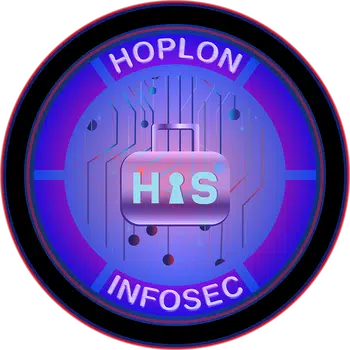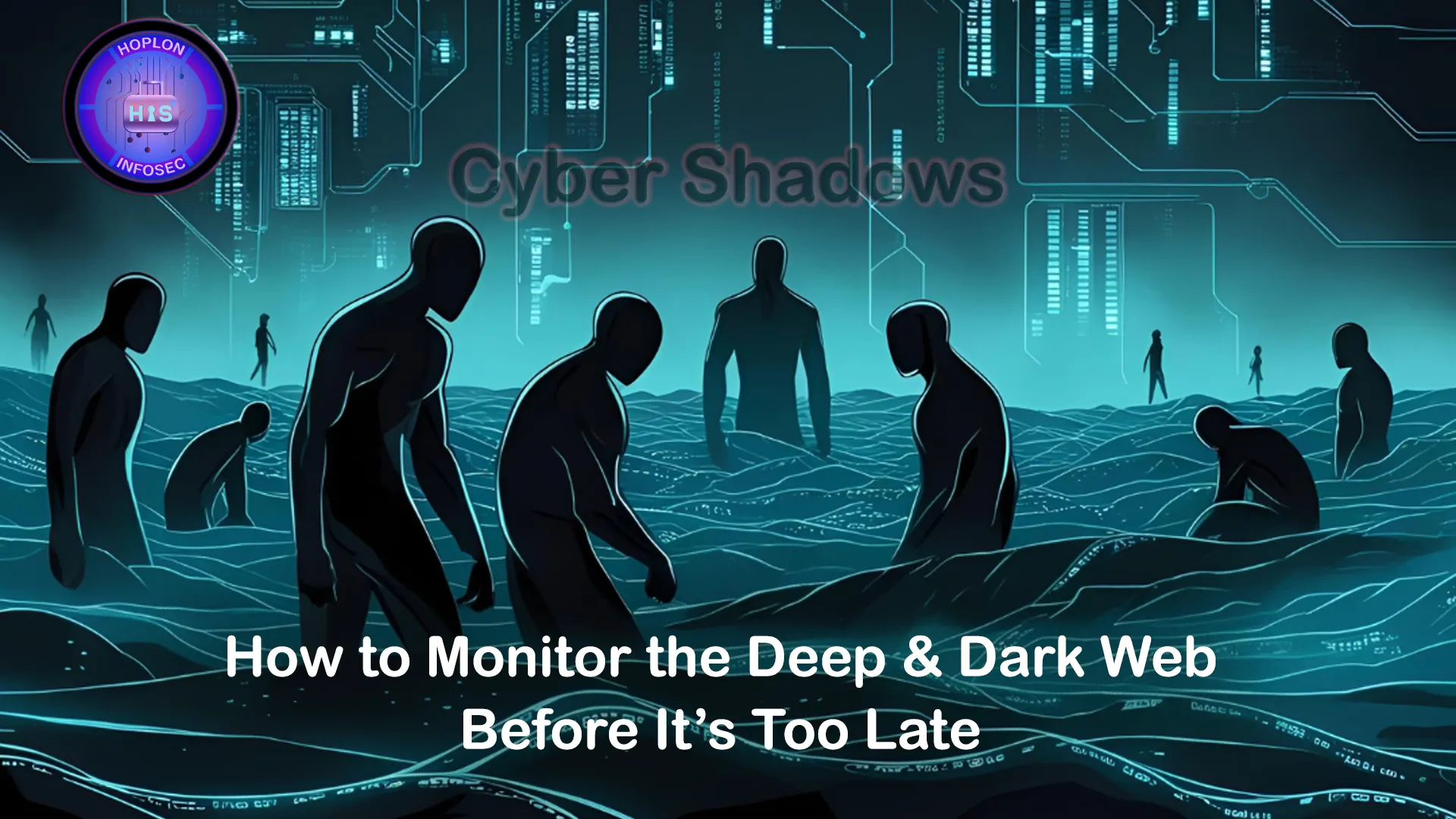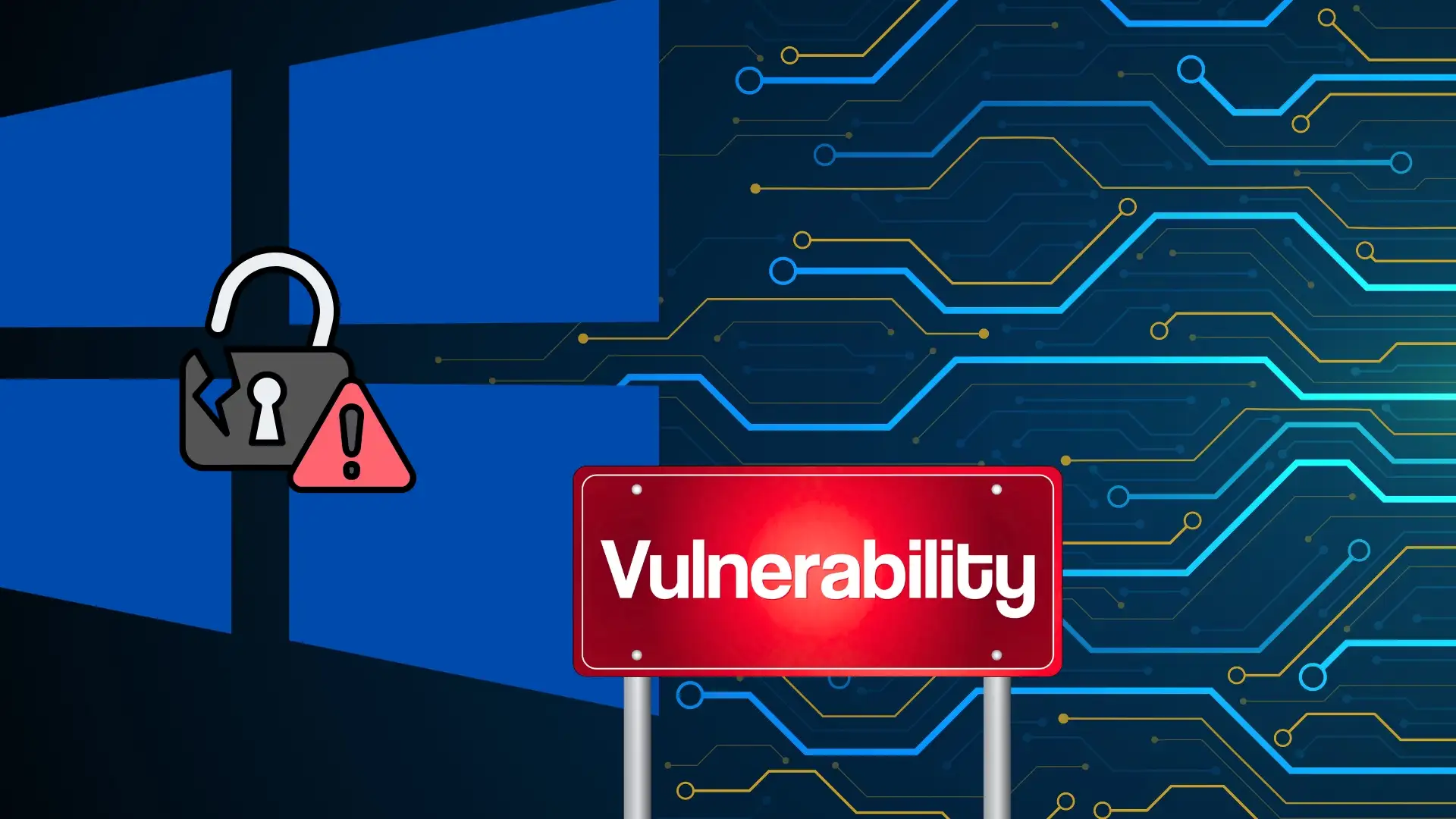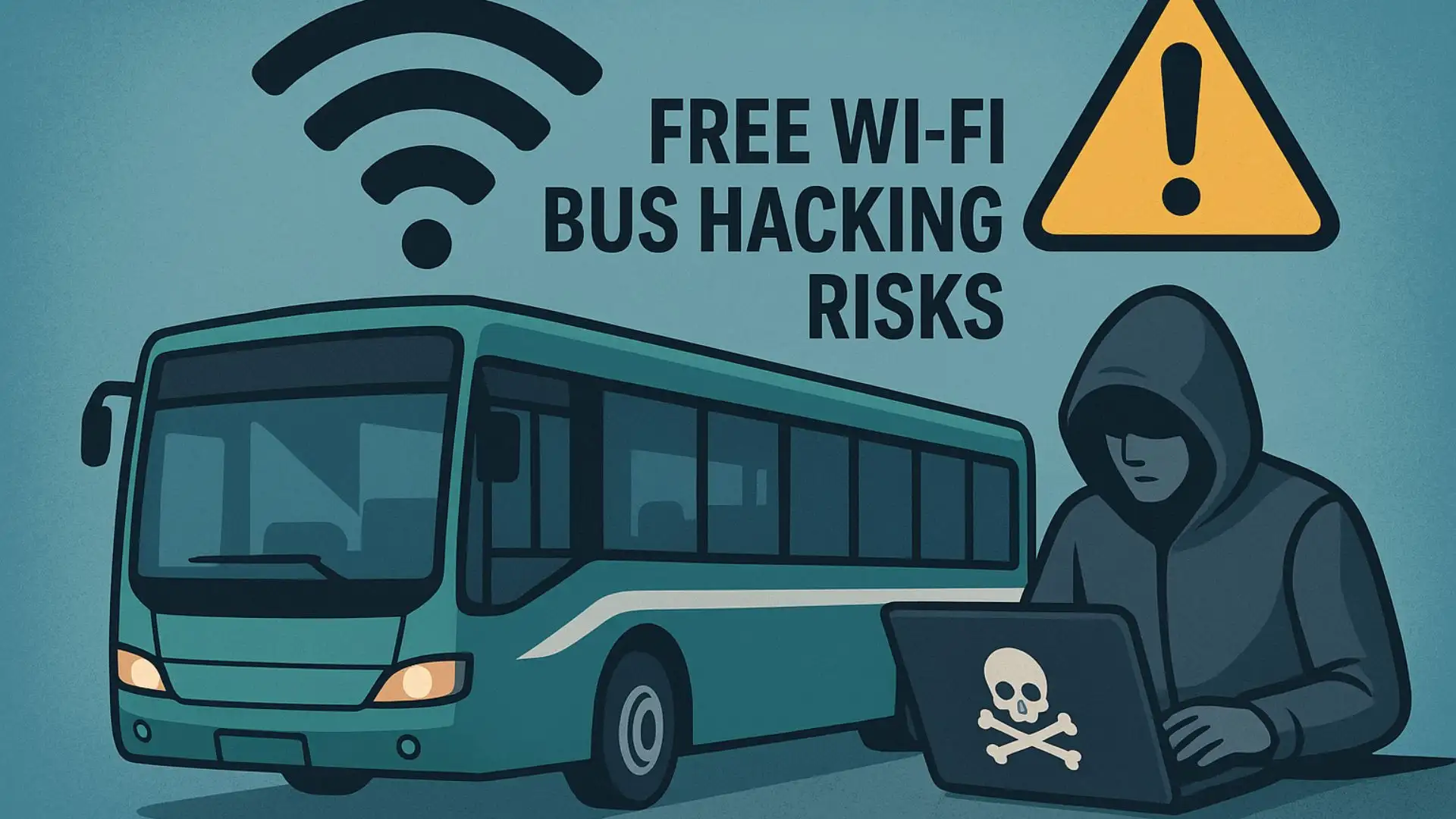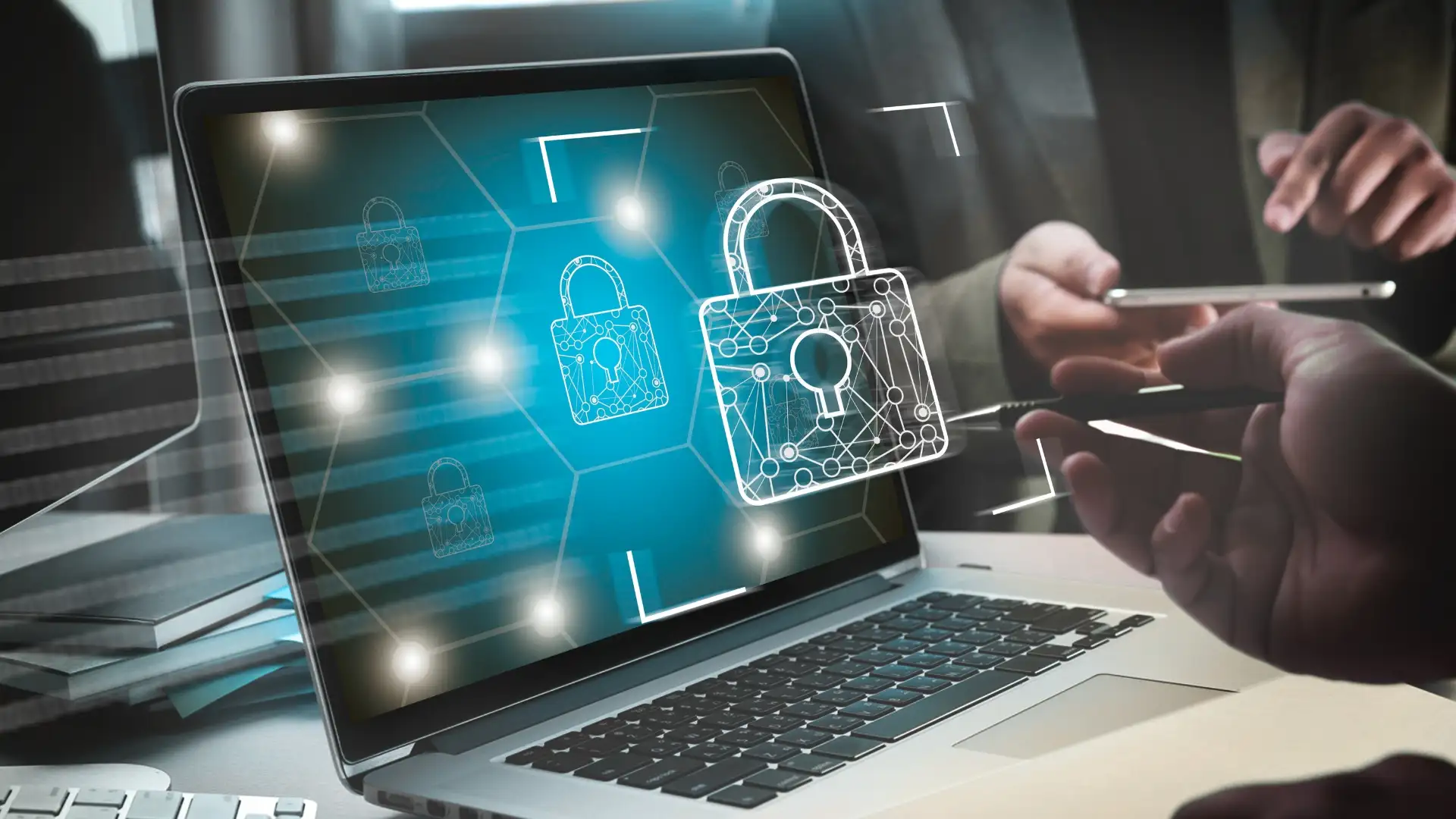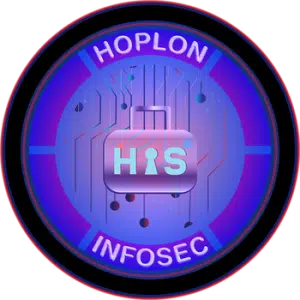The internet is far vaster than what we experience through our everyday browsing. While Google, Bing, and Yahoo give us access to the surface web, there’s an enormous portion of the internet that lies hidden underneath. This hidden part is divided into two categories: the Deep Web and the Dark Web. For businesses, governments, and individuals alike, understanding these hidden layers and how to monitor them has become increasingly important, especially in an age where cyber threats are rising rapidly.
This blog post provides a comprehensive look into what the Deep Web and Dark Web are, why monitoring them matters, and how real-world incidents underline the importance of proactive vigilance. We’ll explore tools, techniques, and best practices, all explained in a way that’s accessible even if you’re not a cybersecurity expert.
What is the Deep Web?
The Deep Web refers to parts of the internet not indexed by traditional search engines. This includes password-protected websites, private databases, academic journals, and members-only forums. Examples of Deep Web content include:
- Medical records stored in hospital databases
- Legal documents
- Academic journal subscriptions
- Internal corporate portals
- Online banking platforms
These are not inherently malicious or secretive—they’re just hidden for privacy or security reasons. In fact, the Deep Web makes up about 90-95% of the total content on the internet.
Unlike the Dark Web, the Deep Web is part of everyday internet operations. For instance, when you log into your bank account or check your medical reports, you’re accessing content on the Deep Web. This data is typically safe, secured behind authentication systems, and inaccessible to search engines due to ethical and legal boundaries.
What is the Dark Web?
The Dark Web is a subset of the Deep Web and requires specific software, configurations, or authorization to access. It’s most commonly accessed using the Tor (The Onion Router) browser, which anonymizes user identities and locations.
While not all Dark Web activity is illegal, it has become notorious for facilitating criminal activity such as:
- Selling stolen data (e.g., credit card information, login credentials)
- Drug trafficking
- Weapons trade
- Human trafficking
- Hiring hackers or hitmen (yes, really)
- Sharing extremist propaganda
Real-world example: In 2013, the FBI took down the Silk Road, a massive online marketplace on the Dark Web known for drug trafficking and illegal transactions. Its founder, Ross Ulbricht, was sentenced to life in prison.
Another notable example includes AlphaBay, which was shut down in 2017 after being involved in the distribution of malware, stolen data, firearms, and more.
Why Monitoring the Deep and Dark Web Matters
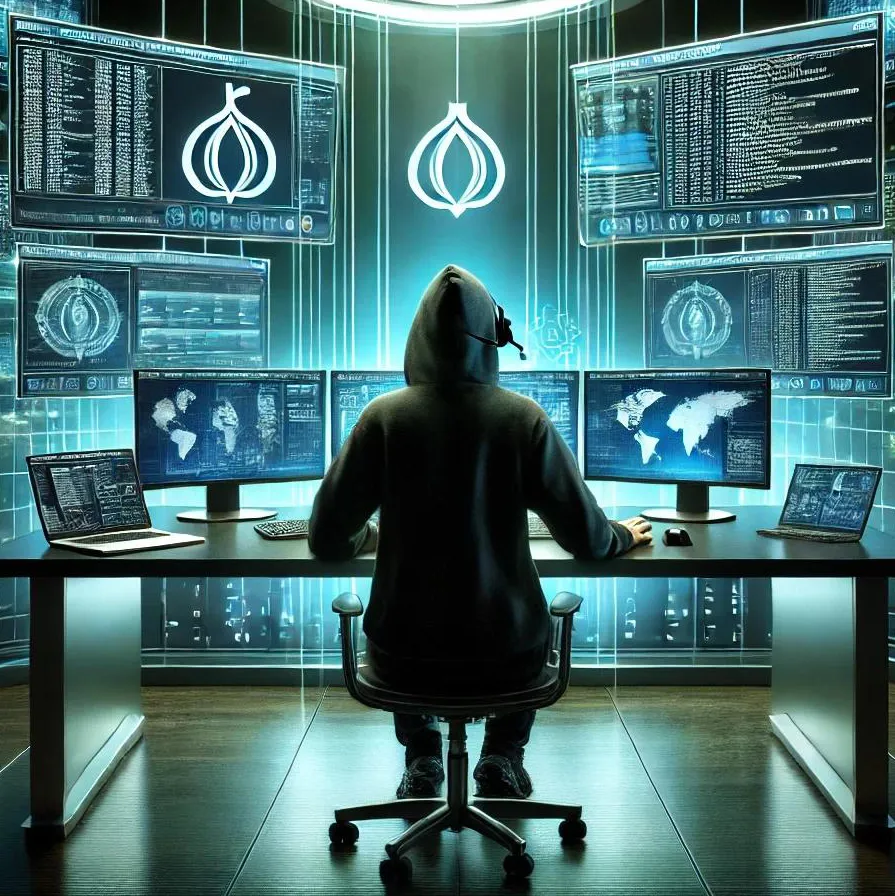
Organizations and individuals have a lot to lose if their sensitive data ends up in the wrong hands. Here’s why monitoring these hidden areas is critical:
- Data Breach Detection: Identifying leaked credentials, intellectual property, or customer information.
- Brand Protection: Preventing impersonation or slander that could damage reputation.
- Threat Intelligence: Learning about potential attacks, vulnerabilities, or targeting campaigns early.
- Regulatory Compliance: Meeting data protection regulations like GDPR, HIPAA, etc.
- Fraud Prevention: Monitoring fraud-related activity, including counterfeit products or phishing attempts using your brand.
Case Study: Marriott Data Breach In 2018, Marriott International revealed a massive breach affecting 500 million guests. Hackers had been inside their system since 2014. Stolen data appeared on Dark Web marketplaces, showing the importance of early detection through monitoring.
Case Study: LinkedIn Credential Leak In 2021, data scraped from over 700 million LinkedIn profiles (over 90% of users) was found for sale on a Dark Web forum. This event highlighted the need for continuous credential monitoring and social engineering awareness.
Case Study: Hoplon Infosec Protects Client from Ransomware Data Leak A mid-sized financial firm discovered that sensitive client records were being discussed on a Dark Web forum shortly after a suspected ransomware attack. Using Hoplon Infosec’s Deep and Dark Web Monitoring, the firm was able to quickly identify the leak’s source and the threat actor’s communication channel. This allowed their incident response team to act fast, contain the breach, notify clients, and collaborate with law enforcement. The actionable alerts and underground monitoring provided by Hoplon played a crucial role in damage control and brand protection.
How Deep Web and Dark Web Monitoring Works
Deep and Dark Web monitoring involves using automated tools and human analysts to scan hidden areas of the web for mentions of specific keywords, data, or activity related to an organization or person.
Key Steps Include:
- Surface Reconnaissance: Collecting data about threats from forums, marketplaces, and paste sites.
- Keyword Monitoring: Watching for specific phrases like employee emails, product names, or project code names.
- Credential Leak Detection: Identifying user ID and password pairs being traded or sold.
- Image and Logo Matching: Finding instances where company logos are being used fraudulently.
- Contextual Analysis: Understanding the intent behind discussions or data postings.
- Threat Attribution: Trying to link the activity back to specific threat actors, though this is difficult due to anonymity.
Popular Tools for Deep Web and Dark Web Monitoring
- Recorded Future – Integrates with threat intelligence to identify risks in real time.
- SpyCloud – Specializes in recovering stolen credentials.
- DarkOwl – Offers access to one of the largest Dark Web indexes.
- IntSights (by Rapid7) – Provides actionable threat intelligence.
- Have I Been Pwned – A free service that shows if your email has been involved in a breach.
- Cybersixgill – Offers deep insights into Dark Web forums, marketplaces, and messaging platforms.
- KELA – Focuses on monitoring cybercrime sources for high-risk threats.
- ZeroFox – Protects against digital impersonation, fraud, and data leakage.
- Hoplon Deep and Dark Web Monitoring – Hoplon Infosec offers enterprise-grade monitoring services that detect credential leaks, intellectual property theft, and security threats. Their platform specializes in identifying threats from underground forums, marketplaces, and ransomware groups, providing actionable alerts and insights.
These tools often combine automated scraping with human intelligence, using machine learning to analyze trends, identify anomalies, and predict risks.
Challenges of Monitoring the Dark Web
- Anonymity of Users: Tracking down perpetrators is difficult due to anonymized access.
- Encrypted Communication: Many forums and marketplaces use encryption, making it harder to intercept messages.
- Access Limitations: Some platforms require vetting or invitation to join.
- Legal and Ethical Concerns: Accessing certain forums or data may violate laws or company policies.
- Dynamic Nature: Dark Web sites frequently disappear or change addresses (onion links), making continuous monitoring a challenge.
Ethical Dilemma Example: Researchers often face a moral gray area—how far can you go in monitoring illegal forums without becoming complicit or violating privacy laws? This remains a hot topic in both academia and industry.
Best Practices for Deep and Dark Web Monitoring
- Use a Trusted Vendor: Partner with a cybersecurity firm specializing in threat intelligence.
- Stay Compliant: Make sure all monitoring activities are legal and follow compliance regulations.
- Establish Alerting Mechanisms: Get real-time alerts when something suspicious pops up.
- Employee Training: Educate employees about phishing and password hygiene.
- Regular Security Audits: Ensure your systems are secure from the inside out.
- Implement IAM Policies: Identity and Access Management (IAM) controls help reduce unauthorized data access.
- Run Simulations: Tabletop exercises can prepare teams to respond to breaches discovered via the Dark Web.
Dark Web Monitoring for Individuals
You don’t have to be a big corporation to benefit from Dark Web monitoring. Many services offer personal protection plans that include:
- Monitoring for your email, phone number, and passwords
- Credit monitoring
- Identity theft insurance
- Dark Web scanning for social security numbers and financial details
Real-World Example: In 2020, a major Twitter breach occurred where attackers gained access to internal tools and tweeted from accounts like Elon Musk, Barack Obama, and Apple. Some of the coordination was traced back to forums on the Dark Web.
Another example is the 2022 Robinhood breach. Personal data of over 7 million users was exposed, and threat actors tried to sell the information on Dark Web forums.
How to Protect Yourself
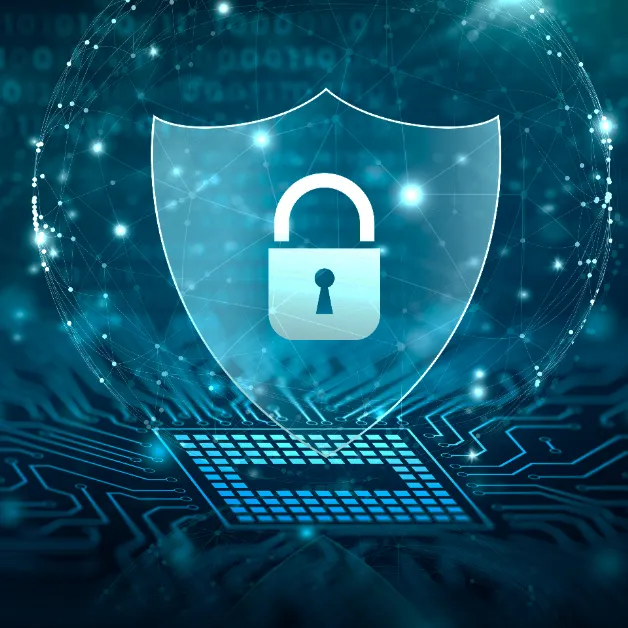
Even if you’re not actively monitoring the Dark Web, you can take steps to reduce your risk:
- Use Strong, Unique Passwords (consider a password manager)
- Enable Two-Factor Authentication (2FA) wherever possible
- Be Cautious with Emails and Links
- Regularly Update Software to patch vulnerabilities
- Check HaveIBeenPwned.com to see if your data has been breached
- Avoid Public Wi-Fi for sensitive transactions
- Limit Oversharing on Social Media: Cybercriminals use this for spear-phishing
The Future of Deep and Dark Web Monitoring
As AI and machine learning improve, monitoring tools will become more accurate and proactive. We’ll likely see better predictive models, automated takedown requests, and closer collaboration between public and private sectors.
Governments are also ramping up regulations, requiring companies to take cyber threats seriously. As such, Dark Web monitoring will no longer be optional—it will be a core component of cybersecurity strategies.
We can also expect:
- Greater Automation: Reducing the need for manual intervention
- Integration with SIEM Tools: Seamless security event management
- Blockchain-Based Monitoring: For immutable evidence trails
- Community Intelligence Sharing: Threat detection as a collaborative effort
Conclusion
The Deep Web and Dark Web may sound ominous, but understanding them is the first step to protecting yourself and your organization. Whether you’re a business owner, an IT professional, or just someone concerned about personal data, taking steps toward Deep and Dark Web monitoring can be a game changer.
Cyber threats aren’t going away anytime soon. But with the right tools, awareness, and vigilance, you can stay one step ahead of the criminals hiding in the shadows of the internet.
Stay safe. Stay informed.
Insights: LinkedIn Data Scraped

